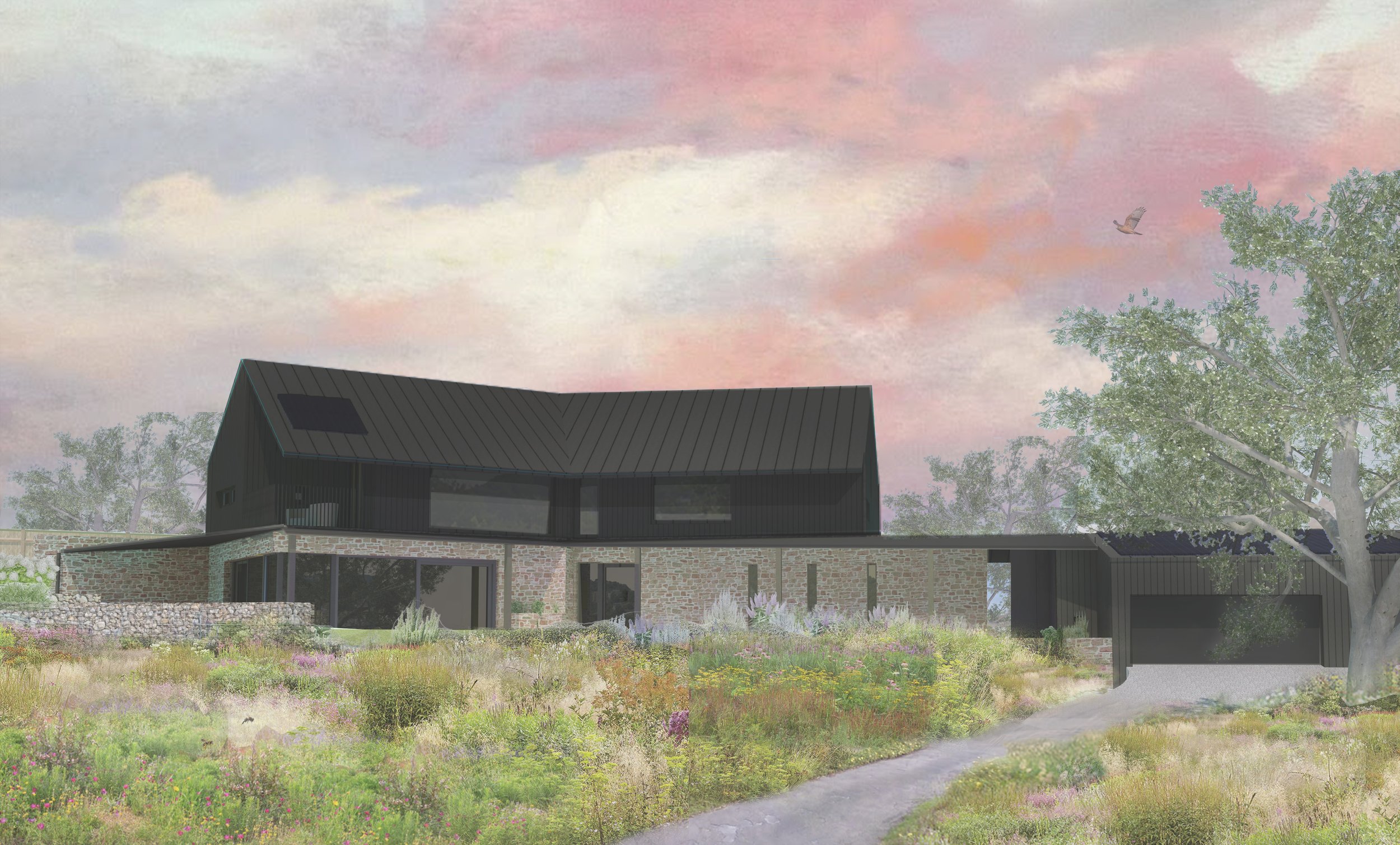
Jalan Passivhaus, Goodrich
The client’s aspiration is to create a home with an exemplary level of energy performance that will achieve the Passivhaus quality assurance standard. Retrofitting the building fabric of the existing 1960’s dwelling on the site to this standard would not be financially viable or physically feasible, so the clients want to replace the dwelling with a new built form that is orientated to optimise solar gain and designed with an optimal massing and layout to achieve Passivhaus.
The clients want a home that is contextually sensitive in its prominent site within the Wye Valley AONB. They want a home that connects to the landscape and creates a materially rich interior with tactile and textured materials.
Rusticated base reflecting local forms and materials
Exisiting / Proposed Energy Demand
The proposed dwelling sits towards the rear of the plot, reflecting the layout of neighbouring dwellings. The L shaped layout also references the historic rural grain, which tends to have either a parallel or perpendicular relationship with the road. This orientation also maximises its south facing facade, maximising solar gains and reducing energy demands.
In line with the surrounding context and local vernacular of the village, the material palette has been carefully selected to utilise local stone, charred timber and natural zinc. Materials that sit well within their context and blend into the landscape. The design takes on board the idea of a rusticated base, learning from the refined historic buildings in the area, while the timber upper floor picks up on the simpler detailing of the agricultural buildings in the area. A dark metal standing seam roof wraps the main dwelling, with corrugated metal cladding the garage.



